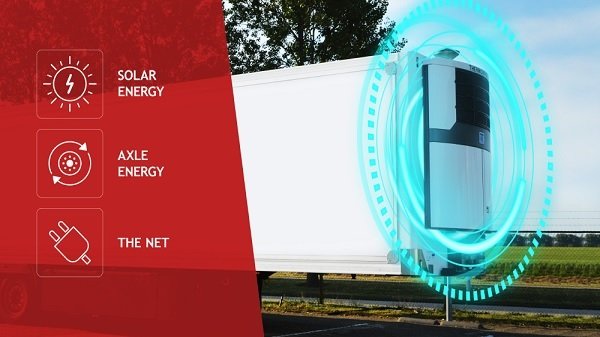Red Energy: Expectations vs. Reality

Energy plays a pivotal role in our daily lives, driving economic growth and powering technological advancements. Among the various forms of energy, the concept of “red energy” has emerged as a promising solution to meet the growing global demand while reducing environmental impacts.
Red energy refers to the potential of harnessing renewable sources such as solar, wind, and geothermal power to transition towards a sustainable future. This essay explores the expectations surrounding red energy and how the reality has unfolded, highlighting its progress, challenges, and the lessons learned.
Expectations of Red Energy
When the concept of red energy was introduced, there were high expectations for its potential to transform the energy landscape. It was envisioned as a sustainable alternative to traditional fossil fuels, with benefits such as reduced greenhouse gas emissions, improved air quality, and enhanced energy security.
Red energy was expected to create new job opportunities, stimulate economic growth, and promote technological innovation. Additionally, it aimed to decentralize energy production and empower individuals and communities to generate their own clean power. These expectations were driven by the urgency to mitigate climate change and address the limitations of finite fossil fuel resources.
Progress and Achievements
In the years since its inception, red energy has made significant progress. Renewable energy capacity has witnessed remarkable growth, with solar and wind power installations surging globally. The costs associated with red energy technologies have steadily declined, making them more economically viable and attractive to investors. Governments, businesses, and individuals have increasingly embraced red energy, recognizing its potential to create a more sustainable and resilient energy system.
Several countries have set ambitious renewable energy targets and are actively investing in research and development to overcome technical and logistical challenges.
Challenges and Reality
Despite the progress made, red energy has encountered challenges that have affected its realization as initially envisioned. One of the key challenges is intermittency, as renewable energy sources rely on weather conditions and are not always available on-demand. This has necessitated the development of energy storage technologies to ensure a stable and reliable power supply.
Grid integration and infrastructure upgrades are also required to accommodate the decentralized nature of red energy, which requires a shift from traditional centralized power generation. Additionally, the transition to red energy has faced opposition from vested interests in the fossil fuel industry, leading to policy and regulatory obstacles.
Lessons Learned and the Way Forward
The journey of red energy has taught valuable lessons for its successful implementation in the future. Collaboration and knowledge sharing between governments, researchers, and businesses are crucial to overcoming technological, financial, and institutional barriers.
Governments should provide supportive policies, incentives, and regulations to encourage investment in red energy and facilitate its integration into existing energy systems. Continued research and development are essential to enhance the efficiency, reliability, and affordability of red energy technologies. Moreover, public awareness and education on the benefits of red energy can foster greater acceptance and participation.
Conclusion
While red energy has not completely fulfilled all the expectations initially set, it has made significant progress in transforming the global energy landscape. The challenges faced along the way have highlighted the complexities involved in transitioning to a sustainable energy future.
However, with ongoing efforts, collaboration, and technological advancements, red energy continues to hold great promise for creating a cleaner, more resilient, and sustainable world.


